
In 2025, VoIP security features are essential for small businesses to protect sensitive data. Key considerations include end-to-end encryption to secure calls, multi-factor authentication for user access, and firewall protection to guard against attacks. Additionally, regular software updates and network monitoring enhance security. Implementing these features ensures robust communication while minimizing risks associated with cyber threats.
As businesses increasingly rely on Voice over Internet Protocol (VoIP) for communication, ensuring the security of these systems has become paramount. In 2025, small businesses must prioritize **VoIP security features** to protect sensitive data and maintain seamless communication. Below are essential VoIP security features that every small business should consider.
One of the most critical **VoIP security features** is end-to-end encryption. This technology ensures that voice calls and data transmitted over the network are encrypted, making it nearly impossible for hackers to intercept and decipher the information. By using protocols like SRTP (Secure Real-time Transport Protocol) and TLS (Transport Layer Security), small businesses can safeguard their communications from eavesdropping and unauthorized access.
Implementing **multi-factor authentication** is crucial for protecting VoIP accounts from unauthorized access. MFA requires users to provide two or more verification factors before gaining access to their VoIP systems. This can include something they know (a password), something they have (a mobile device), or something they are (biometrics). By adding this extra layer of security, small businesses can significantly reduce the risk of account breaches.
Keeping VoIP systems up to date is essential for security. Software vulnerabilities can be exploited by cybercriminals, leading to data breaches and service disruptions. Small businesses should implement a routine schedule for applying software updates and patches to their VoIP systems. This practice not only mitigates risks but also ensures that the business benefits from the latest features and improvements.
A secure network infrastructure is vital for maintaining the integrity of VoIP systems. Small businesses should invest in firewalls, intrusion detection, and intrusion prevention systems to monitor and protect their networks. Additionally, segmenting the VoIP network from other business operations can limit exposure and reduce the risk of attacks. Utilizing Virtual Private Networks (VPNs) for remote access can also enhance security by encrypting data transmitted over the internet.
Human error is one of the leading causes of security breaches. Therefore, small businesses should prioritize **user training and awareness** regarding VoIP security. Employees should be educated about the potential risks associated with VoIP systems, including phishing attacks and social engineering tactics. Regular training sessions can empower employees to recognize suspicious activities and respond appropriately, thereby bolstering the overall security posture of the organization.
Utilizing call analytics and monitoring tools can help small businesses detect unusual patterns that may indicate a security breach. By analyzing call data, businesses can identify unauthorized usage, abnormal call patterns, or attempts to access sensitive information. Implementing real-time monitoring solutions allows for rapid response to potential threats, ensuring that any vulnerabilities are addressed promptly.
While not a direct security feature, **Quality of Service (QoS) management** plays a critical role in VoIP systems. Ensuring that voice traffic is prioritized can enhance the overall user experience and prevent disruptions during calls, which could be exploited by attackers. Small businesses should implement QoS policies to manage bandwidth effectively, ensuring that VoIP communications remain stable and secure.
Adhering to industry regulations and standards is crucial for small businesses utilizing VoIP technology. Compliance with frameworks such as GDPR (General Data Protection Regulation) or HIPAA (Health Insurance Portability and Accountability Act) can help protect sensitive data and avoid hefty fines. Small businesses should familiarize themselves with relevant regulations and ensure their VoIP systems align with these requirements.
Having robust backup and disaster recovery solutions in place is essential for any VoIP system. In the event of a cyberattack or system failure, small businesses must be able to restore their communication services quickly. Regularly backing up VoIP configurations, call logs, and contacts ensures that essential data is not lost, allowing businesses to maintain continuity in their operations.
Lastly, implementing strong password policies is a fundamental aspect of VoIP security. Small businesses should enforce complex password requirements, such as a mix of letters, numbers, and special characters. Additionally, regular password updates and the avoidance of default passwords can further enhance security. Encouraging employees to use unique passwords for their VoIP accounts can significantly decrease the likelihood of unauthorized access.
In conclusion, as small businesses prepare for the evolving landscape of VoIP technology in 2025, investing in these **VoIP security features** is not just a recommendation—it’s a necessity. By prioritizing encryption, multi-factor authentication, and employee training, businesses can protect their communications and ensure that they remain resilient against cyber threats. Ensuring the safety of VoIP systems will ultimately contribute to the overall success and growth of small businesses in a competitive environment.

Top 5 Features to Look for in VoIP Services for Small Businesses in 2025

How to Choose the Right VoIP Provider for Your Small Business in 2025: A Step-by-Step Guide
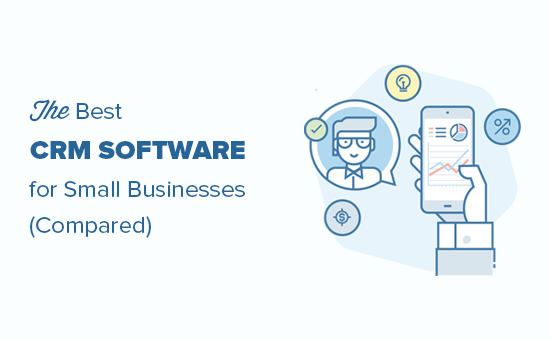
The Ultimate CRM Software Comparison for Small Businesses: Features to Look for in 2025

Best Mesothelioma Lawyers in the USA 2025: Top Factors to Consider When Choosing
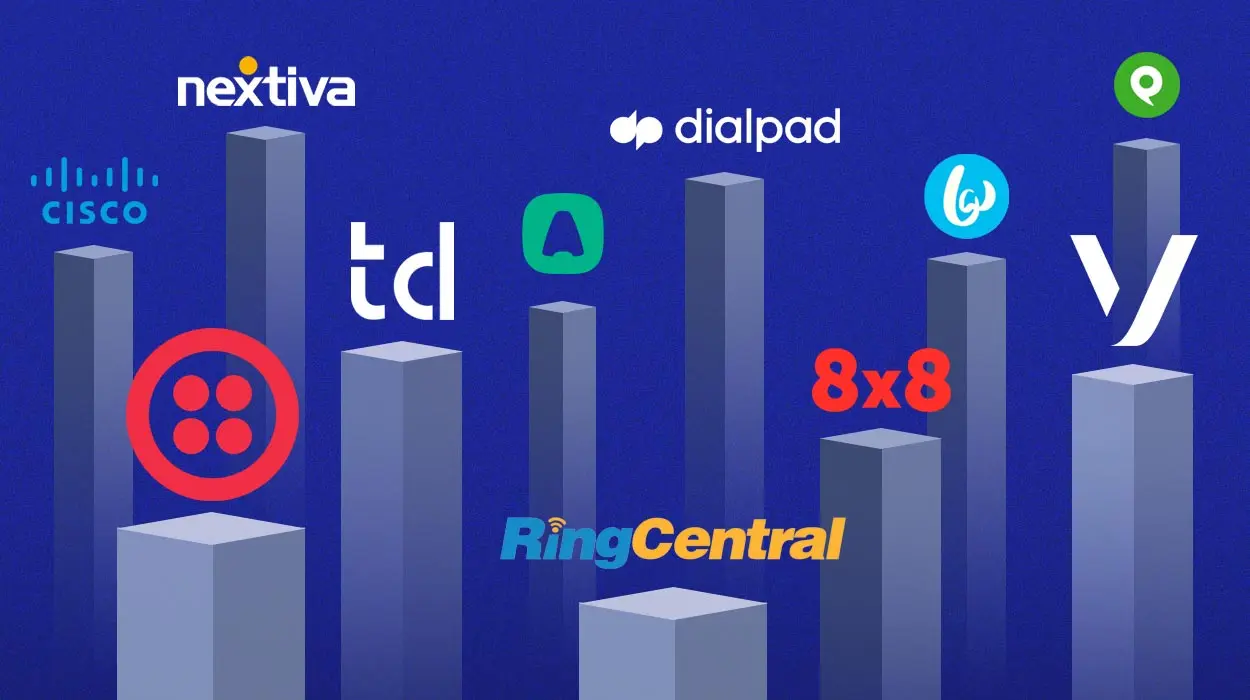
Best VoIP Solutions for Small Businesses in the USA 2025: A Comprehensive Comparison
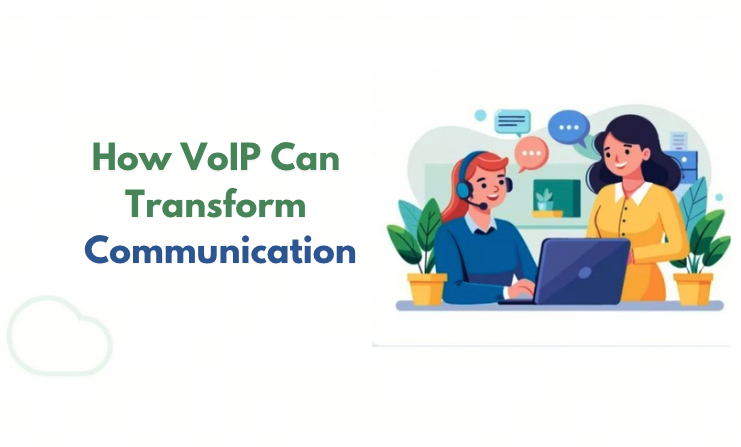
How VoIP Can Transform Communication for Small Businesses in the USA by 2025
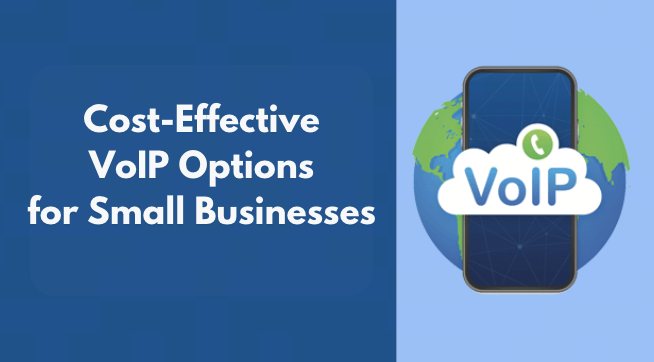
Cost-Effective VoIP Options for Small Businesses in the USA: A 2025 Guide
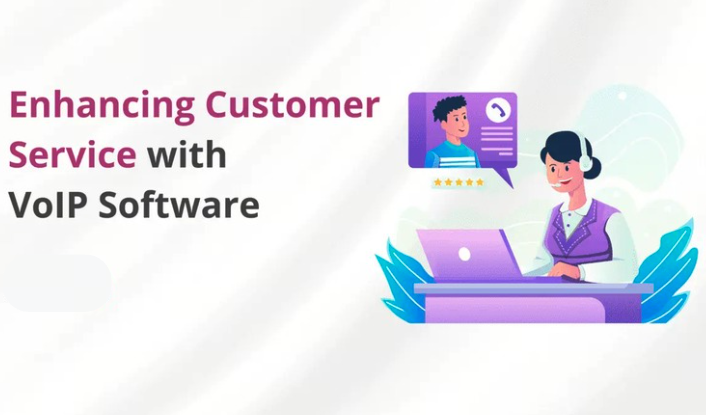
The Role of VoIP in Enhancing Customer Service for Small Businesses in 2025